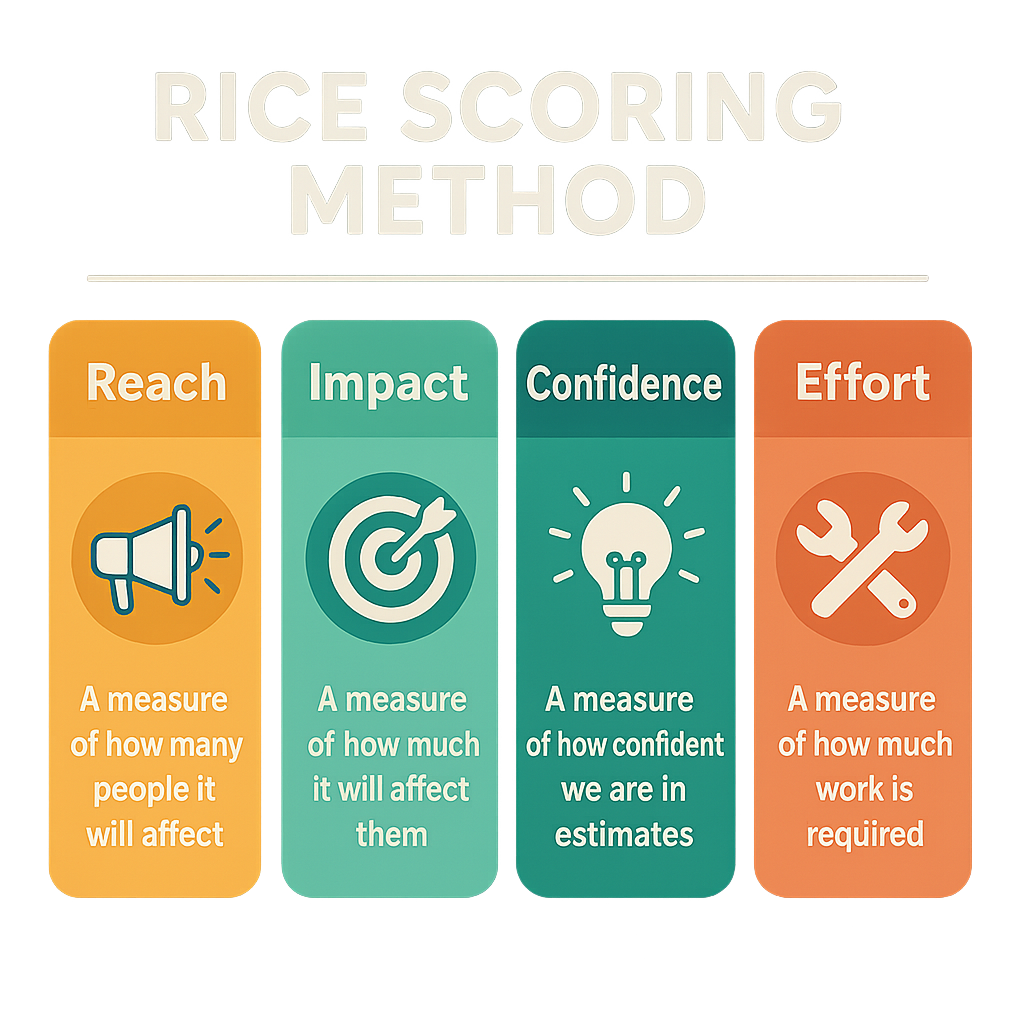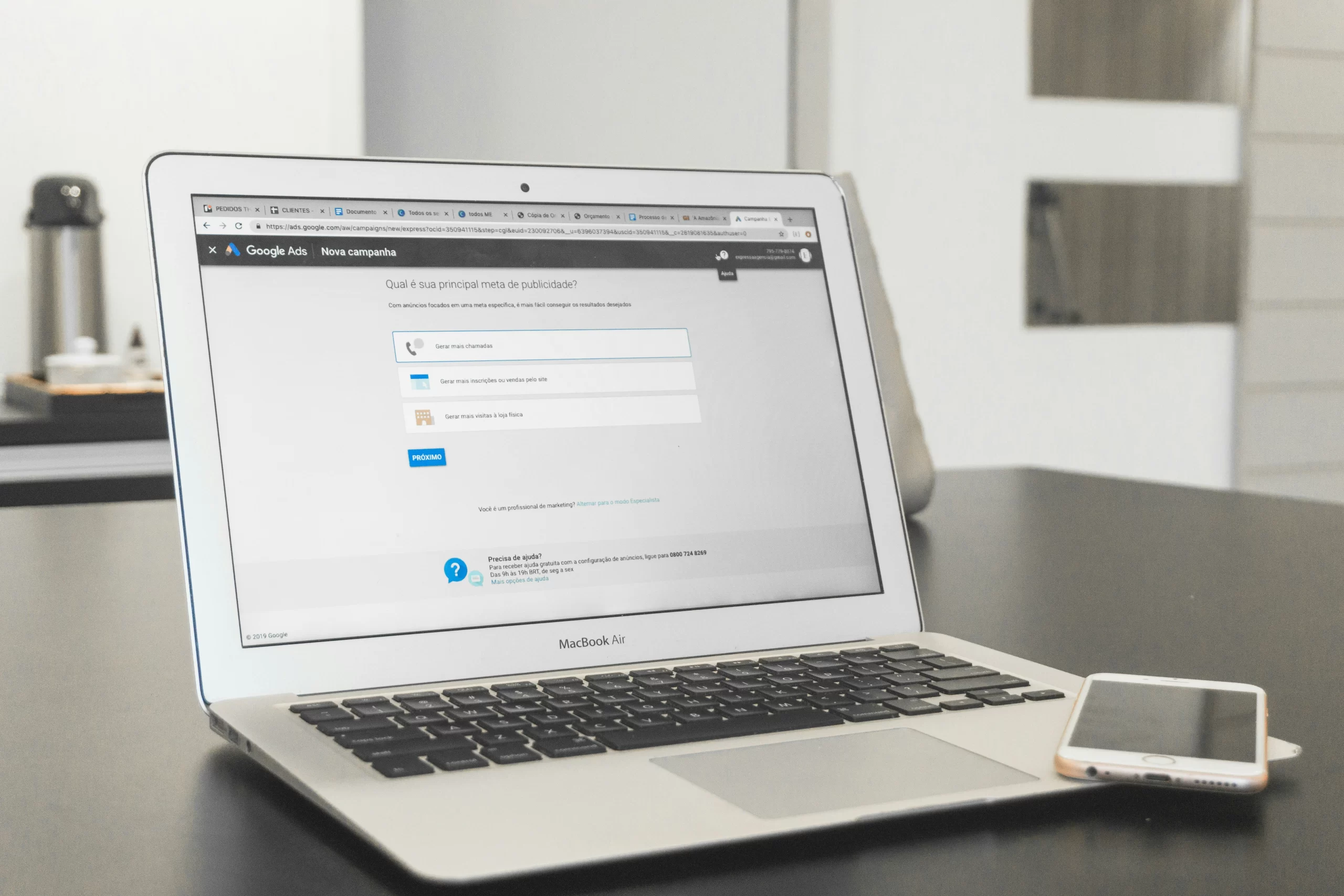Customer feedback floods in from everywhere—support tickets, surveys, sales calls, social media. Most teams struggle to separate game-changing insights from noise.
Without a clear prioritization system, you’re either building the wrong features or missing opportunities that could transform your business. Understanding how customer feedback transforms business outcomes often comes down to how well teams turn customer voices into strategic action.
Why Most Teams Get Customer Feedback Prioritization Wrong
The Loudest Voice Problem
The squeaky wheel gets the grease—but that wheel might not represent your actual customer base. Enterprise clients with big contracts tend to get disproportionate attention, even when their needs don’t align with your broader market.
Vocal minorities can derail product roadmaps. One frustrated customer who emails daily might get more attention than 500 quiet users who would love a different feature entirely.
Building Features Without Strategic Alignment
“Because customers asked for it” isn’t a strategy—it’s a recipe for feature bloat. Teams often jump on feedback that seems easy to implement without considering whether it actually moves the needle on business goals.
Feature requests need to pass the strategic alignment test: Does this help us retain customers, acquire new ones, or increase revenue per user?
5 Proven Frameworks to Prioritize Customer Feedback
Impact vs. Effort Matrix
This framework maps features across two dimensions: how much they’ll improve customer experience versus how much work they require. Quick wins in the high-impact, low-effort quadrant get immediate attention.
Major projects in the high-impact, high-effort quadrant become strategic initiatives. The key is to prioritize improvements based on impact and feasibility using metrics like customer retention, satisfaction scores, or revenue potential rather than gut feelings.
RICE Scoring Method

RICE breaks down prioritization into four measurable components:
- Reach: What percentage of your customers will this feature affect?
- Impact: How much will it improve key metrics like NPS or retention?
- Confidence: How certain are you about your reach and impact estimates?
- Effort: How many person-weeks will development require?
Calculate your RICE score using: (Reach × Impact × Confidence) ÷ Effort. Features with higher scores get priority, but remember to validate your assumptions with real data.
Strategic Alignment Scoring
Every feature should advance your quarterly business objectives. Map each potential improvement against goals like reducing churn, increasing upsells, or improving competitive positioning.
Competitive differentiation potential matters—features that set you apart from rivals deserve extra consideration. Score each feature on how well it supports strategic goals, then weight those scores based on goal importance.
Revenue Impact Prioritization
Follow the money when prioritizing feedback. Features requested by high-value customer segments get more attention than those from low-revenue users.
Churn risk reduction can justify significant development investment. New customer acquisition opportunities also drive prioritization—features that help close deals or expand into new markets deserve strategic focus.
MoSCoW Method for Clear Categories
This framework forces binary decisions across four categories:
- Must Have: Critical fixes, compliance requirements, or features needed to prevent churn
- Should Have: Important improvements with clear ROI that enhance customer experience
- Could Have: Nice-to-have features for future consideration when resources allow
- Won’t Have: Features that don’t align with current strategy or customer needs
MoSCoW prevents endless debates about priority levels by creating clear buckets for decision-making.
How to Act on Prioritized Feedback – Step by Step
Step 1: Identify Feedback Sources and Stakeholders
Begin by mapping out both where feedback arrives and who needs to see it.
- Common sources: support tickets, onboarding surveys, in-app forms, event feedback.
- Stakeholders might include product managers, support leads, sales reps, and marketing.
This ensures every voice is captured and routed to the right people from day one.
Step 2: Define Clear Goals and Criteria
Don’t just collect feedback—know what you want to achieve. Set goals such as:
- Reducing churn
- Prioritizing feature requests
- Improving support response times
Establish criteria like urgency, business impact, or frequency to help you decide what rises to the top.
Step 3: Collect and Organize Everything in One Place
Pull all feedback into your CRM using built-in forms, survey tools, or integrations. Organize responses in a centralized dashboard:
- Sort by channel (email, chat, web, SMS)
- Tag by product area, urgency, or customer segment
This way, nothing slips through the cracks and you always have real-time info at your fingertips.
Step 4: Prioritize Using Straightforward Frameworks
It’s decision time. Use simple tools like:
- Impact vs. effort grids
- Scorecards or ranking systems
- Dashboards make it easy to sort feedback and spot the quick wins versus bigger projects.
Step 5: Act—and Communicate Your Progress
Assign owners, trigger next steps, and keep everyone in the loop without ever leaving your CRM.
- Share updates with customers to show their feedback matters
- Notify stakeholders about changes or improvements
Collect feedback at noon, act on it by one.
With this rhythm—collect, integrate, understand, and act—you’ll turn every piece of feedback into forward motion, all inside your CRM.
Tools and Technology for Feedback Prioritization
Native Salesforce Integration Benefits
Keeping feedback data in your CRM eliminates context switching and data silos. Customer history, deal information, and support interactions all inform prioritization decisions.
Automatic customer context means you understand who’s requesting features and why it matters to them. Seamless workflow integration means prioritization decisions trigger automatic actions—like updating opportunity records or creating development tickets.
Measuring Success of Your Prioritization Process
Customer Satisfaction Metrics
NPS improvements from implemented features validate your prioritization accuracy. Track satisfaction changes after launching prioritized improvements.
Support ticket reduction in addressed areas shows you’re solving real customer problems. Customer retention rates by feedback responsiveness reveal the business impact of listening to customer voices.
Transform Customer Voices into Competitive Advantage
Every growing business knows that customer voices hold the key to a true competitive advantage—but acting on those voices can get lost in the noise of scattered tools and disconnected data. SurveyVista changes the game by keeping every piece of feedback exactly where it belongs: 100 % inside Salesforce, with no APIs, no code, and no sync headaches.
With SurveyVista, you collect feedback from any channel—email, chat, web, SMS, or embedded forms—without limits on responses or delivery options. Instantly integrate every response into Salesforce, mapping data in real time so your team never misses a beat. Understand what matters most using bundled dashboards and powerful analytics, so you can take action that drives loyalty and growth—all without ever leaving your CRM.
Ready to turn customer feedback into your competitive advantage? See how SurveyVista keeps all your feedback prioritization in Salesforce where your team already works. Book a demo to discover how native integration changes everything about how you collect, integrate, understand, and act on customer feedback.
Frequently Asked Questions
How often should we reassess our feedback prioritization decisions?
Review priorities weekly for immediate adjustments and conduct comprehensive reassessments quarterly. Market conditions and customer needs change quickly, so regular reviews ensure your roadmap stays aligned with current business goals.
What’s the biggest mistake teams make when prioritizing customer feedback?
Focusing only on the loudest voices instead of representative customer needs. Enterprise clients or vocal minorities can hijack your roadmap, leading you to build features that don’t serve your broader customer base.
How do we handle conflicting feedback from different customer segments?
Use revenue impact and strategic alignment as tiebreakers. Weight feedback based on customer value, segment size, and business goals. Sometimes you need separate solutions for different segments rather than one-size-fits-all features.
Should we always prioritize easy-to-implement features first?
No. Balance quick wins with transformational improvements that drive long-term growth. Easy features might not solve important problems, while complex features could deliver significant competitive advantages.
How do we measure if our prioritization process is actually working?
Track customer satisfaction improvements, feature adoption rates, and business metrics like retention and revenue growth. Monitor whether implemented features reduce support tickets and increase NPS scores in targeted areas.
More Like This

Rajesh Unadkat 
Founder and CEO
Rajesh is the visionary leader at the helm of SurveyVista. With a profound vision for the transformative potential of survey solutions, he founded the company in 2020. Rajesh's unwavering commitment to harnessing the power of data-driven insights has led to SurveyVista's rapid evolution as an industry leader.
Connect with Rajesh on LinkedIn to stay updated on the latest insights into the world of survey solutions for customer and employee experience management.



